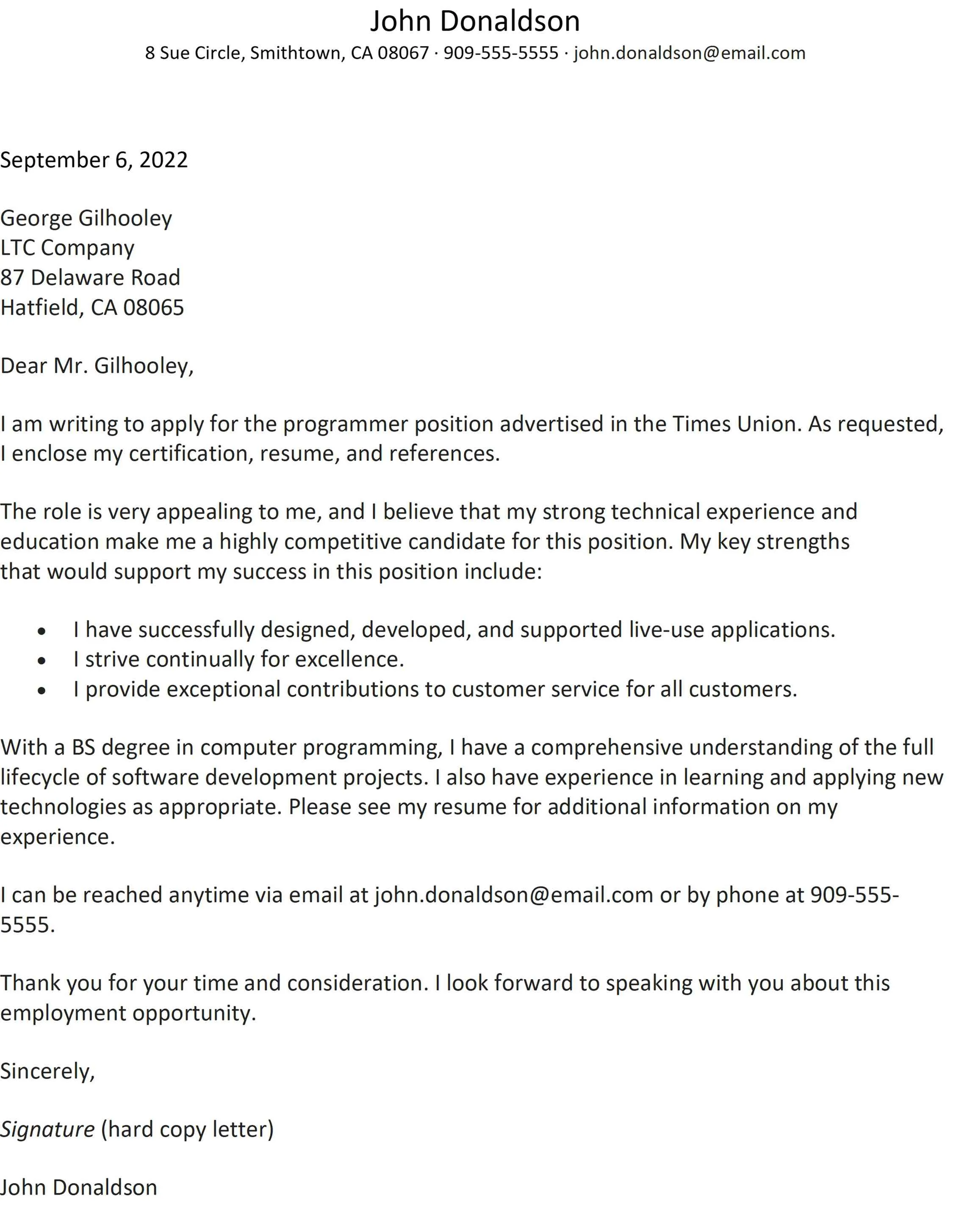What is a Cover Letter
A cover letter is a crucial document that accompanies your resume when applying for a job. It serves as an introduction, allowing you to highlight your skills, experience, and qualifications in a way that a resume alone cannot. A well-crafted cover letter provides context to your resume, explaining why you are a good fit for the specific role and company. It’s your opportunity to make a strong first impression and convince the hiring manager to read your resume more closely. It’s not just a formality; it’s a strategic tool in your job search arsenal. The cover letter allows you to showcase your personality, writing skills, and genuine interest in the opportunity.
The Purpose of a Cover Letter
The primary purpose of a cover letter is to secure an interview. It achieves this by presenting a compelling case for your candidacy, going beyond the basic information provided in your resume. It allows you to demonstrate your understanding of the job requirements and how your skills align with them. The cover letter also showcases your communication skills, providing a sample of your writing ability. It’s your chance to articulate your career goals and express your enthusiasm for the specific position and company. By clearly stating your value proposition and highlighting your relevant accomplishments, you increase your chances of getting noticed and moving forward in the hiring process.
Why Cover Letters are Important
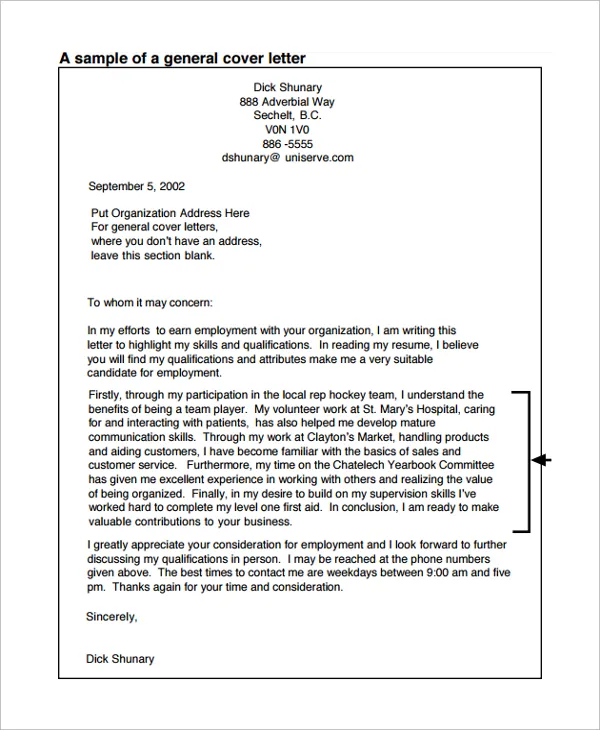
In today’s competitive job market, cover letters remain highly important, despite the rise of online applications. They provide context to your resume, which might otherwise seem like a collection of job titles and responsibilities. Cover letters let you tell a story about yourself, connecting your experiences and skills to the needs of the employer. They show that you’ve taken the time to research the company and understand the role. Many hiring managers use cover letters to gauge a candidate’s writing skills, attention to detail, and overall communication abilities. It also provides an opportunity to address any potential gaps in your resume or explain your career transition. A strong cover letter sets you apart from other applicants, increasing your chances of getting an interview.
Key Components of a Cover Letter
A well-structured cover letter typically includes several key components that work together to create a strong impression. These components include your contact information, the hiring manager’s information, a professional salutation, an engaging opening paragraph, body paragraphs that highlight your value, a compelling closing paragraph, and a professional sign-off. Each section should be crafted carefully, ensuring clarity, conciseness, and relevance to the specific job. Proper formatting, proofreading, and attention to detail are essential for a successful cover letter. By mastering these key components, you can significantly improve your chances of making a positive impression and landing an interview.
Your Contact Information
Start your cover letter with your full name, address, phone number, and email address. This information should be clearly displayed at the top of the letter, making it easy for the hiring manager to contact you. Ensure that your email address sounds professional. Using an address like ‘john.doe@example.com’ is better than something like ‘rockstar123@email.com.’ Make sure your contact information is accurate and up-to-date, as this is how recruiters will reach you. Consider using a slightly larger font size for your contact information to make it stand out without being distracting.
The Hiring Manager’s Information
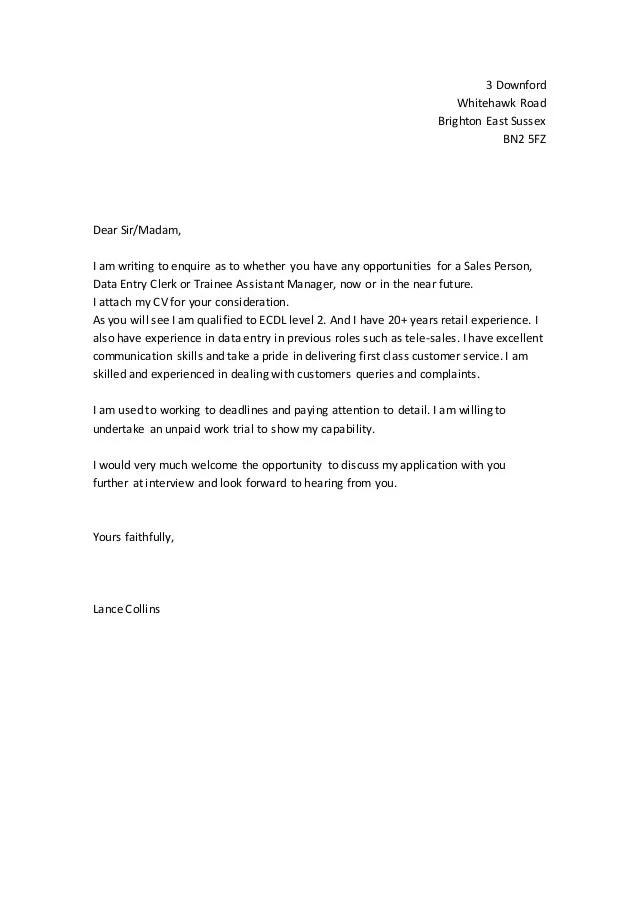
Always address your cover letter to a specific person if possible. Research the hiring manager’s name and title and include this information in your letter. This shows that you’ve taken the time to research the company and that you care about the role. If you cannot find a specific name, you can use a generic salutation such as ‘Dear Hiring Manager’ or ‘Dear [Department] Hiring Team.’ Avoid using outdated or generic salutations such as ‘To Whom It May Concern.’ Using a specific name personalizes your letter and demonstrates your attention to detail.
The Salutation
The salutation sets the tone for your entire cover letter. ‘Dear Mr./Ms./Mx. [Last Name]’ is the most professional and widely accepted greeting. Always use the correct title (Mr., Ms., or Mx.) and spell the name correctly. If you are unsure of the gender or preferred title of the hiring manager, it’s acceptable to use their full name: ‘Dear [First Name] [Last Name].’ Avoid overly casual salutations, such as ‘Hi [Name]’ or ‘Hello there.’
The Opening Paragraph: Grab Their Attention
The opening paragraph is your chance to grab the reader’s attention. Start with a strong statement that immediately captures their interest. This could be a brief summary of your most relevant skills, a statement of your enthusiasm for the role, or a reference to a specific accomplishment that aligns with the job requirements. Avoid generic opening lines such as ‘I am writing to apply for the position…’ Instead, try to connect with the reader and make a memorable first impression. Indicate where you saw the job posting (e.g., ‘I am writing to express my interest in the Marketing Manager position, as advertised on LinkedIn’).
The Body Paragraphs: Showcasing Your Value
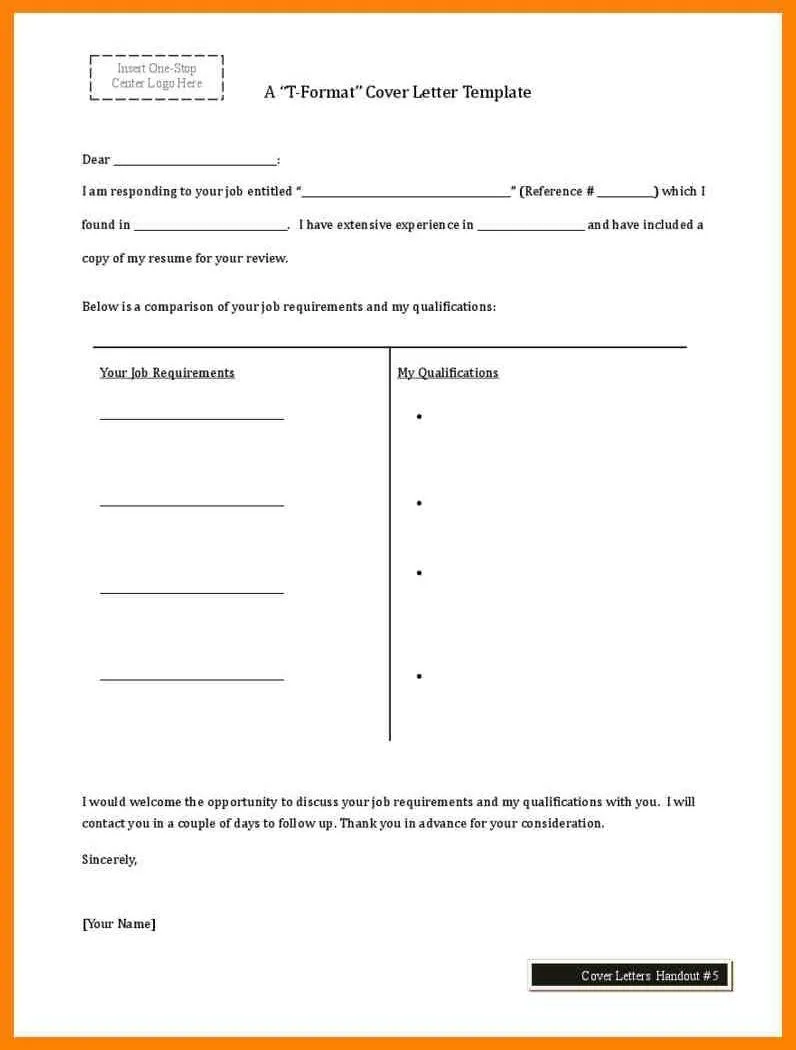
The body paragraphs are where you showcase your value and demonstrate why you are the best candidate for the job. Use these paragraphs to highlight your skills, experience, and accomplishments that align with the job description. Provide specific examples to support your claims. Structure your body paragraphs logically, using clear and concise language. Focus on the employer’s needs and how you can meet them. Tailor each paragraph to the specific requirements of the job you are applying for. This part of your cover letter allows you to build a compelling narrative.
Highlight Relevant Skills and Experience
Carefully review the job description and identify the key skills and experiences the employer is looking for. Then, in your body paragraphs, provide specific examples that demonstrate how you possess these skills and experiences. Use keywords from the job description to show that you are a good match for the role. Provide evidence to support your claims. For instance, if the job description requires project management skills, share a brief story about a successful project you managed, outlining your role, responsibilities, and the positive outcomes. Always align your strengths with the job requirements.
Quantify Your Achievements
Whenever possible, quantify your achievements to demonstrate the impact of your work. Use numbers, percentages, and specific data to showcase your accomplishments. For example, instead of saying ‘Improved sales,’ say ‘Increased sales by 15% within six months.’ Quantifying your achievements makes your claims more credible and provides a clear picture of your contributions. Use the STAR method (Situation, Task, Action, Result) to structure your examples and clearly articulate your achievements. This approach helps you tell a concise and compelling story.
Tailor Your Letter to the Job Description
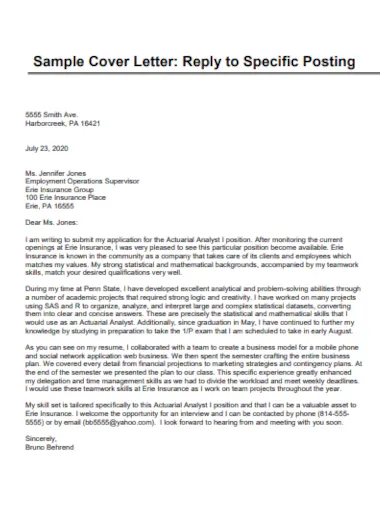
Customize your cover letter for each job application. Use the job description as a guide to identify the skills, experience, and qualifications the employer is seeking. Tailor your language, tone, and examples to align with the specific requirements of the role. Avoid using a generic cover letter for all applications; this shows a lack of effort and can make you appear less interested in the position. Spend time researching the company and understanding its culture and values. Incorporate these insights into your letter to show that you’ve done your homework.
The Closing Paragraph: Call to Action
The closing paragraph should summarize your interest in the position and encourage the hiring manager to take the next step. Reiterate your enthusiasm for the opportunity and the company. State your availability for an interview. Keep the tone positive and confident. Provide a clear call to action, such as ‘I am eager to discuss how my skills and experience can benefit your team. I am available for an interview at your earliest convenience.’ Ensure that your closing paragraph is concise and memorable.
Express Your Enthusiasm
Express your genuine enthusiasm for the opportunity. Let the hiring manager know why you are excited about the role and the company. Show that you have done your research and understand their mission and values. A sincere expression of enthusiasm can make a positive impression and set you apart from other candidates. Demonstrate your passion by mentioning specific aspects of the job or company that particularly interest you. Be authentic and avoid sounding generic.
Thank the Reader
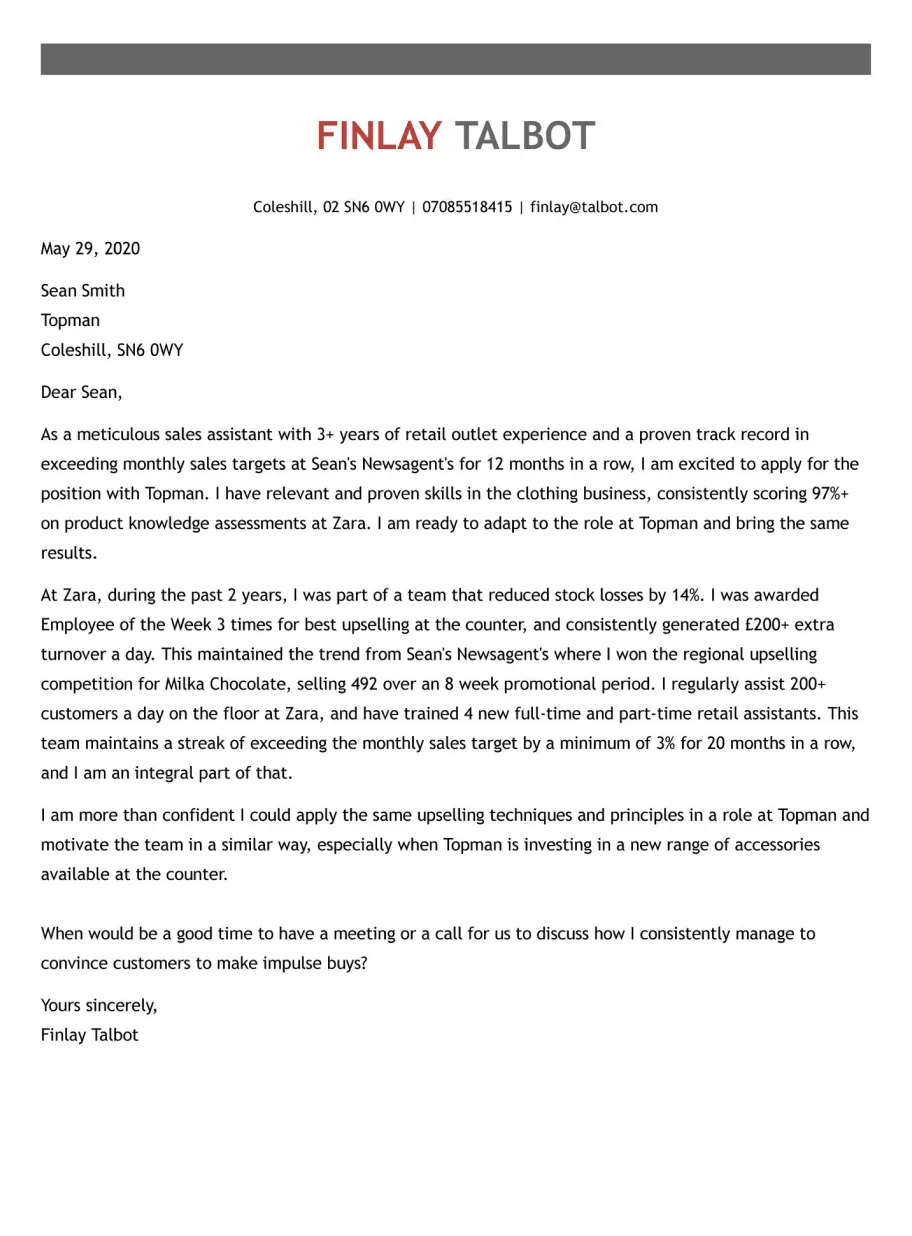
Always thank the reader for their time and consideration. This shows respect and appreciation for their efforts. Keep your thank you brief and sincere. For example, you could say, ‘Thank you for your time and consideration.’ This simple gesture can leave a lasting impression. Expressing gratitude is a small but significant step in making a positive impression. Consider this a basic professional courtesy.
The Sign-Off
Choose a professional sign-off to end your cover letter. ‘Sincerely,’ ‘Best regards,’ and ‘Yours sincerely’ are all appropriate choices. Select the sign-off that best fits your personality and the tone of your letter. Ensure consistency in your formatting and style. Avoid using overly casual or informal sign-offs, as this can undermine your professionalism. Always include your typed name below your sign-off.
Proofreading and Formatting
Proofreading and formatting are essential steps in creating a successful cover letter. A well-formatted and error-free letter demonstrates your attention to detail and professionalism. Ensure your letter is easy to read and visually appealing. Proper formatting and proofreading can significantly improve your chances of making a positive impression. Always proofread your letter multiple times, and consider having someone else review it for you.
Formatting for Readability
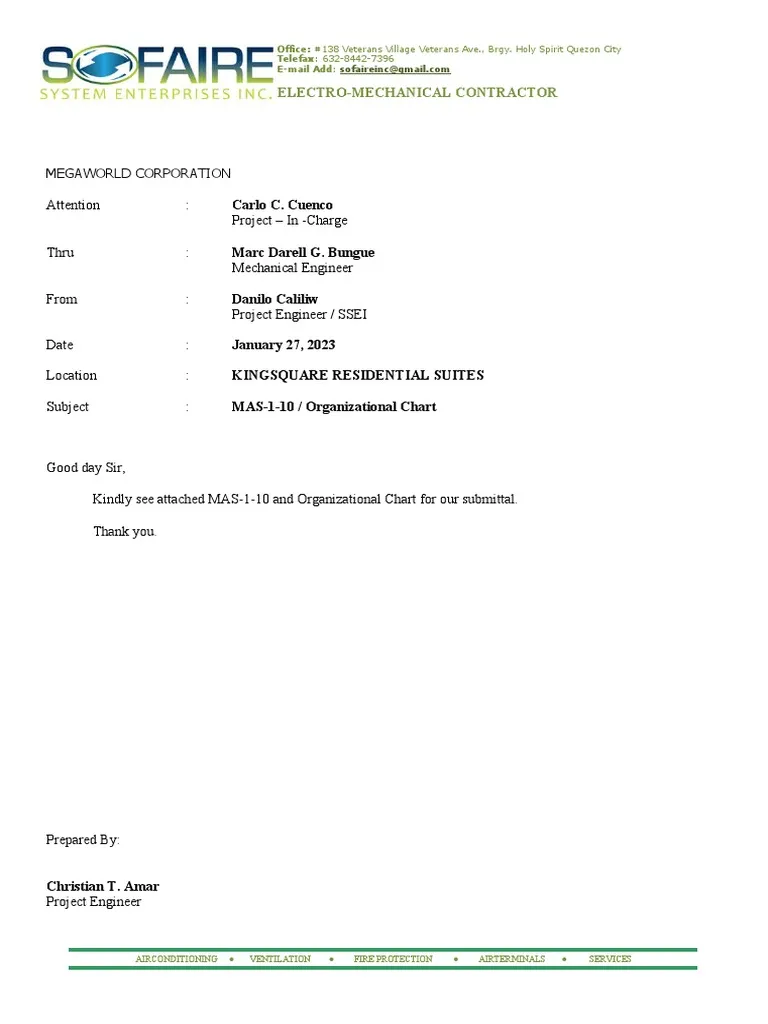
Use a clear and professional font, such as Times New Roman, Arial, or Calibri, with a font size between 10 and 12 points. Keep your letter concise and easy to read. Use single-spacing within paragraphs and double-spacing between paragraphs. Use headings and bullet points to break up large blocks of text. This improves readability and helps the hiring manager quickly scan your letter. Use a professional business letter format with appropriate margins. Your cover letter should be approximately one page in length.
Proofread for Errors
Thoroughly proofread your cover letter for any typos, grammatical errors, and spelling mistakes. Errors can make you appear unprofessional and may lead to your application being rejected. Use a grammar and spell checker. Read your letter aloud to catch any awkward phrasing. Consider having a friend or family member review your letter for you. Proofread the letter multiple times to ensure that it is free of errors. Careful proofreading is a sign of professionalism.
Cover Letter Examples and Templates
Using cover letter examples and templates can be a great way to get started. These resources provide a basic structure and format that you can adapt to your needs. However, remember to personalize each letter to match the specific job requirements. Tailoring your letter shows the hiring manager that you care about the position and company. Avoid using the exact wording from a template; instead, use it as a guide to create your unique cover letter.
Using Templates Effectively
When using a cover letter template, start by customizing the template to fit your qualifications and experience. Replace the generic content with your own information. Carefully read the template instructions and adapt the format to your needs. Make sure your letter is free of any placeholder text. Pay attention to the tone and style of the template and adjust it to match your personality and the job requirements. Remember, the goal is to showcase your unique value.
Adapting Examples to Your Needs
Cover letter examples are helpful for understanding how to structure your letter and what content to include. However, be sure to adapt the examples to your own situation. Don’t copy and paste; instead, use the examples as inspiration. Focus on highlighting your specific skills, experience, and achievements. Tailor the language and examples to match the job description. Use the examples to understand how to write a compelling narrative that showcases your value. Remember, your cover letter should reflect your unique qualifications.
Common Cover Letter Mistakes to Avoid
There are several common mistakes that job seekers make when writing cover letters. Avoiding these mistakes can significantly improve your chances of success. Ensure your cover letter is professional, well-written, and tailored to the specific job requirements. Be meticulous and pay attention to detail.
Generic Letters
Sending a generic cover letter to multiple employers is one of the most common mistakes. This approach shows a lack of effort and may lead to your application being rejected. Always tailor your letter to the specific job and company. Customize the content to highlight how your skills and experience align with the job requirements. Research the company and demonstrate your understanding of its mission and values. Showing genuine interest is crucial.
Typos and Grammatical Errors
Typos and grammatical errors can make you appear unprofessional. Always proofread your cover letter carefully before submitting it. Use a grammar and spell checker. Read your letter aloud to catch any awkward phrasing. Consider having a friend or family member review your letter. Errors undermine your credibility and can lead to the rejection of your application.
Too Much Information
Avoid including too much information in your cover letter. Keep your letter concise and focused. Only include the most relevant information and experiences. The hiring manager wants to know what you can do for them. Don’t include unnecessary details, such as your hobbies or interests, unless they are relevant to the job. Your cover letter should complement your resume, not duplicate it. Keep the focus on your core strengths.
Conclusion: Your Cover Letter is Your First Impression
Your cover letter is your first impression. It’s your opportunity to showcase your skills, experience, and enthusiasm for the job. By following these tips, you can create a compelling cover letter that grabs the reader’s attention, highlights your value, and increases your chances of landing an interview. Always tailor your cover letter to the specific job and company. Proofread your letter carefully before submitting it. A well-crafted cover letter can make all the difference in your job search. Take the time to create a document that reflects your best qualities and presents you as the ideal candidate.
